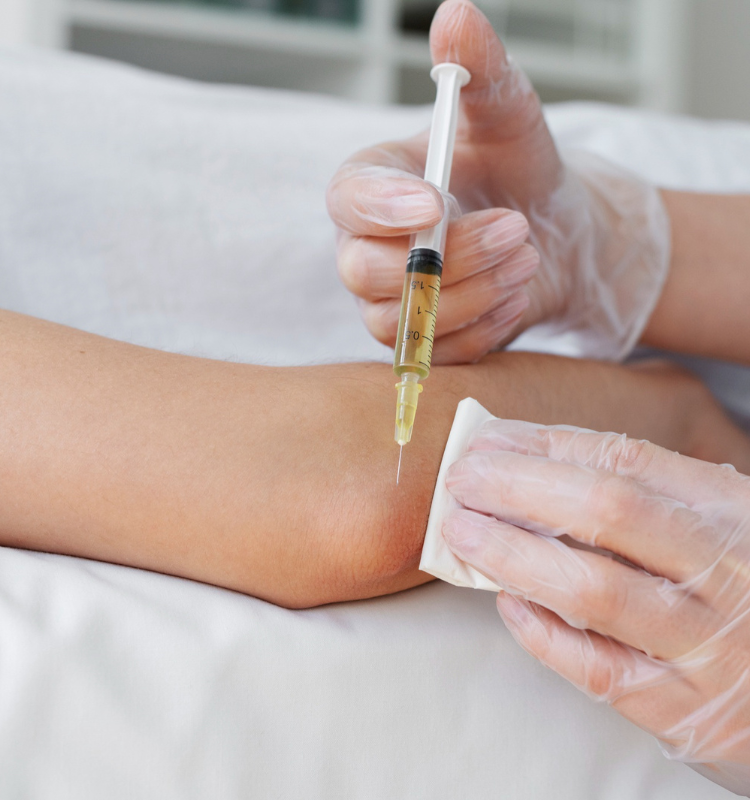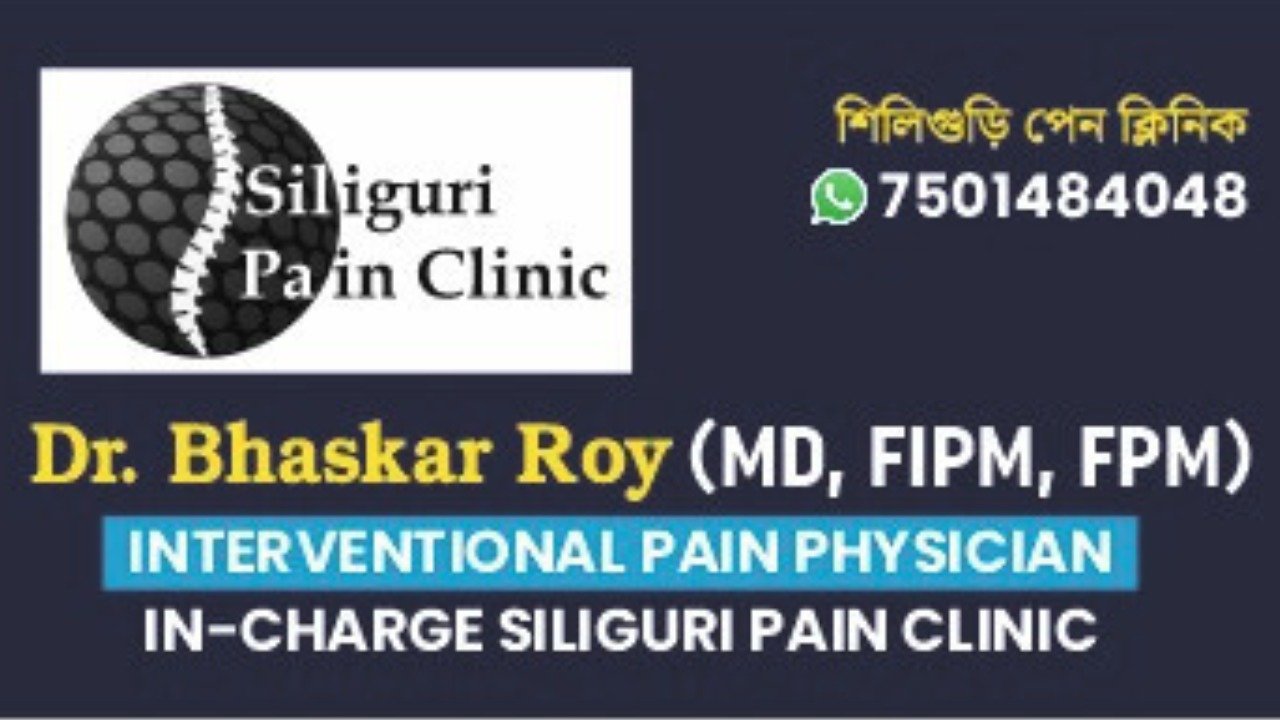
Understanding Trigger Point Injections for Pain Management
Trigger point injections (TPIs) are a medical treatment used to relieve pain in muscles. This pain is often caused by "knots" in the muscles, which are known as trigger points. These knots can be very sensitive and painful when touched.

How Do Trigger Point Injections Work?
A trigger point injection involves a healthcare provider using a small needle to inject a medication directly into the trigger point. The injection typically contains a local anesthetic (a numbing medicine) and sometimes a corticosteroid (an anti-inflammatory medicine). In some cases, the injection might only contain saline (saltwater solution) or no medication at all (dry needling).
The goal of the injection is to make the trigger point inactive, which helps to relieve the pain. The injection can also help the muscle to relax and reduce the discomfort.
Why Are Trigger Point Injections Used?
Trigger point injections are used to treat pain in various muscle groups, including:
-
Neck
-
Shoulders
-
Arms
-
Lower back pain
-
Legs
These injections can also be helpful for conditions like fibromyalgia and tension headaches, which involve widespread muscle pain and tightness.
Who Needs Trigger Point Injections?
Trigger point injections may be recommended if other treatments, such as over-the-counter pain medications, heat therapy, or physical therapy, have not relieved your muscle pain. They are often used alongside other treatments like physical therapy and stretching exercises to enhance their effectiveness.
What Happens During a Trigger Point Injection Procedure?
Here's what you can expect during the procedure:
-
Preparation: You might be asked to sit or lie down, depending on where the injection will be given. The healthcare provider will clean the skin over the trigger point with an alcohol pad.
-
Injection: The provider will insert a thin needle into the trigger point. You might feel some discomfort when the needle is inserted. The provider will move the needle in and out to help release the muscle knot.
-
Medication: The provider will inject the medication into the muscle. You may feel a brief increase in pain when the medication is injected, but this is normal.
-
Aftercare: After the injection, you can go home and use the affected muscle, but avoid strenuous activities for a few days.
What Are the Benefits of Trigger Point Injections?
Benefits of Prolotherapy
Trigger point injections can provide several benefits, including:
-
Pain Relief
-
Improved muscle function.
-
Increased range of motion
These benefits can help you return to your daily activities and physical therapy more comfortably.
Are There Any Risks or Side Effects?
Trigger point injections are generally safe, but like any medical procedure, they carry some risks. The most common side effects include temporary discomfort or numbness at the injection site. Rare complications can include:
-
Bleeding
-
Infection
-
Bruising
-
Allergic reaction
How Long Do Trigger Point Injections Last?
Most people start to feel relief within 24 to 72 hours after the injection. The pain relief can last for about a month. If the pain returns, your healthcare provider might recommend additional injections.
When Should You Contact Your Healthcare Provider?
If you experience signs of infection, such as a fever or warmth at the injection site, you should contact your healthcare provider.
Conclusion
Trigger point injections are a common and effective way to manage muscle pain caused by trigger points. If you have persistent muscle pain that hasn't improved with other treatments, talk to your healthcare provider about whether trigger point injections might be right for you.
